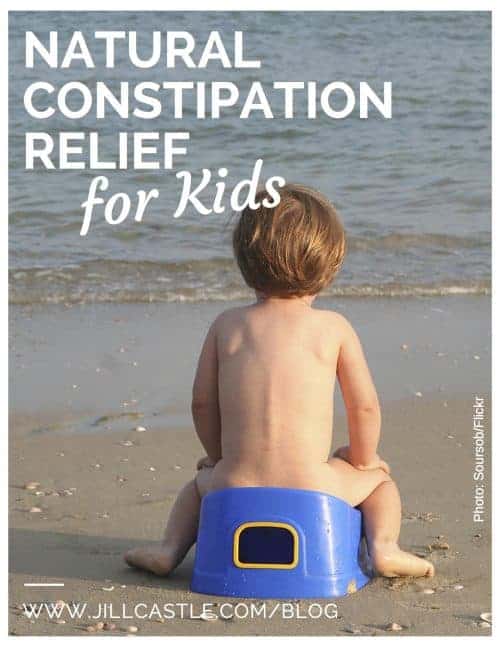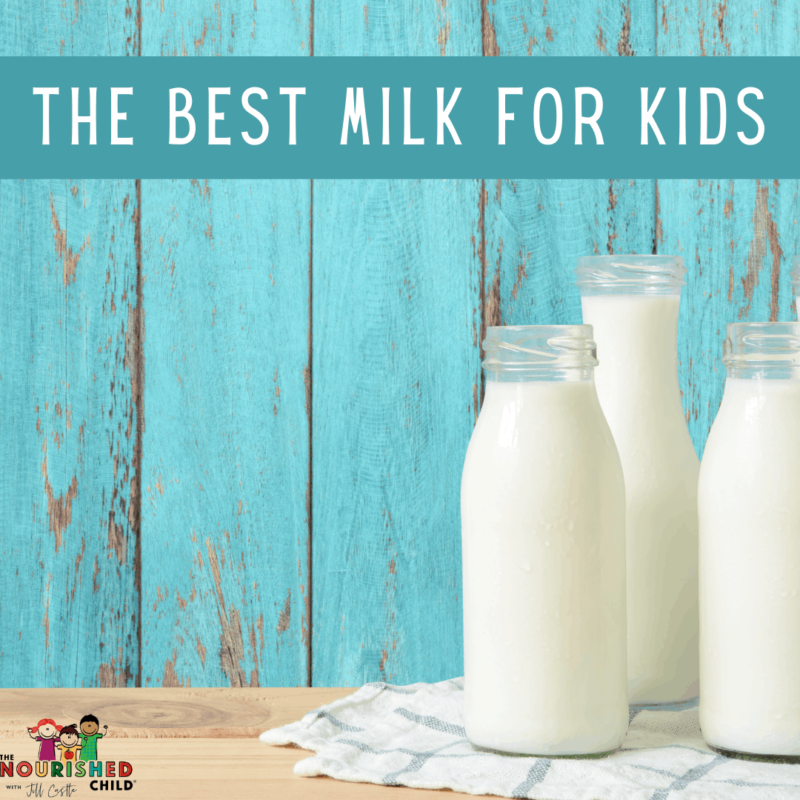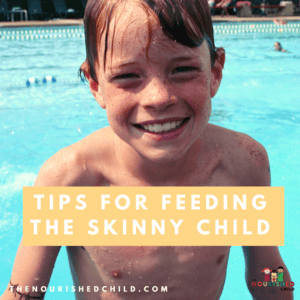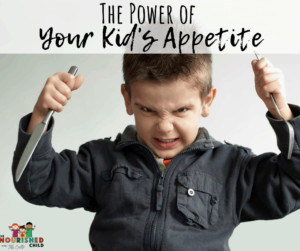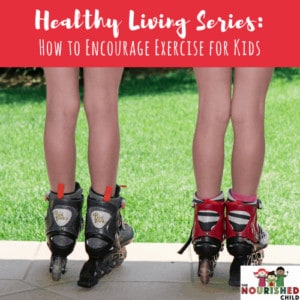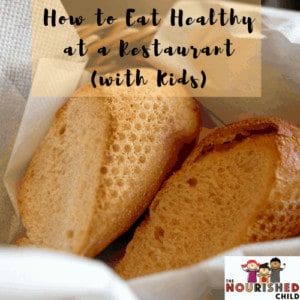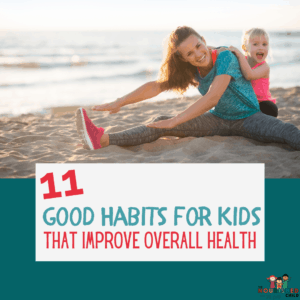There’s No Room for Food Shaming While Raising Healthy Kids
April 6, 2024
Recently, the Washington Post published an investigative article about food shaming, the anti-diet movement, rising levels of health problems related to body fat, and Big Food co-opting dietitians to sell their “junk” food and sugary cereals.
As a spin off piece, the Today Show covered the anti-diet movement and how it’s working to remove shame from body size, using social media influencers to partner with Big Food and push a message of food indulgence.
Both outlets speculate that pushing unhealthy food (read sugary cereal and “junk” food) is making the “obesity epidemic” worse, and dietitians are responsible for this. Painting with a broad stroke, they suggest that dietitians push a narrative of ‘eat when you want, what you want, and whenever you want,’ under the labels of “anti-diet,” and intuitive eating.
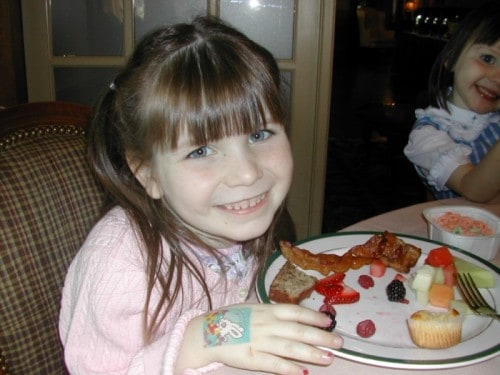
Dietitians, collectively, are committed to nourishing Americans through eating nutritious food with enjoyment at each stage of life, and under a variety of conditions (including physical and mental health concerns).
Some dietitians fight against diet culture. They rally for better healthcare and dignity for those individuals living with large bodies (and which fall outside social and health “norms”).
Some fight against food insecurity. Some work to improve the health (and lives) of individuals with health concerns. Some, like myself, fight to encourage healthy physical and emotional growth during childhood, and a positive relationship with food.
As a pediatric registered dietitian of over 30 years, I’ve watched the world evolve as it relates to food, nutrition, and body size. Today, there’s more food shaming, polarized views of food, and more narratives centered on alleviating the emotional toll our social norms of body size and “healthy” eating have caused. And rightfully so.
But as more attention focuses on children, food shaming and polarized views seem to be increasing. There’s no room at the table for this. I’m sharing where I stand on the issues of the anti-diet movement, food shaming, and sugary food.

Dieting and Food Restriction is Counterproductive for Kids
Just the other day, I spoke with a mom who spoke of her childhood and the constant pressure, comments, and shame she had about her body because it was bigger. Her parents and family members started the day with a comment about how she looked –thin (and good), or heavy (and not good).
She was sent to weight loss camp, her parents portioned her food, and restricted any foods they considered “bad.” Food, eating, dieting, shrinking her body…has been on her mind her whole life. Now in her mid-40’s, she’s trying to avoid the transfer of this generational trauma to her own child.
I’ve never called myself an “anti-diet” dietitian, but I agree with the general principle, especially for children: Calorie-restrictive diets (and the act of eliminating food groups and indulgent foods in an effort to shrink a child’s body size) do more harm than good. And I agree with the effort to eliminate exposure to diet culture, food shame, and inappropriate food education for children.
Kids are cognitively, emotionally, and developmentally changing – they aren’t little adults who can contextualize the reasons for food restriction, elimination, or a weight loss diet. But they can sense an adult’s disapproval and know when they feel food is scarce or restricted.
When food is tightly controlled, children tend to either react in ways that produce more fixation on food and reactive eating, or they think about food (and eventually their bodies and themselves) in dysfunctional ways.
Food Shaming is Real, Not Made Up to Benefit Big Food
Unfortunately, these aforementioned journalists glossed over the topic of food shaming, suggesting it’s a made up concept to suit a Big Food agenda. Food shamers shame people for what they enjoy eating, their food choices and food cultures, or for not being able to afford or access recommended “healthy” foods.
Shame is a barrier to health. In children, internalized shame corrodes feelings of self-worth and contributes to low self-esteem. That mom I was talking to? She internalized shame as a very young girl because the adults in her life were unhappy with her body (and the “bad” foods she enjoyed).
I’m attuned to food shaming because I see parents moralizing food every day. They put veggies on a pedestal and denigrate candy. With good intentions, they use sweets to motivate behavior, reward, or praise their child. (Candy is “unhealthy,” but I’ll give it to you if you behave or eat a vegetable…). But this is so confusing for a child.
I don’t blame parents – food shaming is everywhere. Moralizing food and policing a person’s food choices has become the norm. And the pressure to eat “healthy” food and avoid “unhealthy” food comes from all sides: schools, healthcare, and especially, the media.
Parents are bombarded with messages from popular culture: If you’re not feeding your child an “uber-healthy diet,” then you must be contributing to your child’s eating problems or body weight and size.
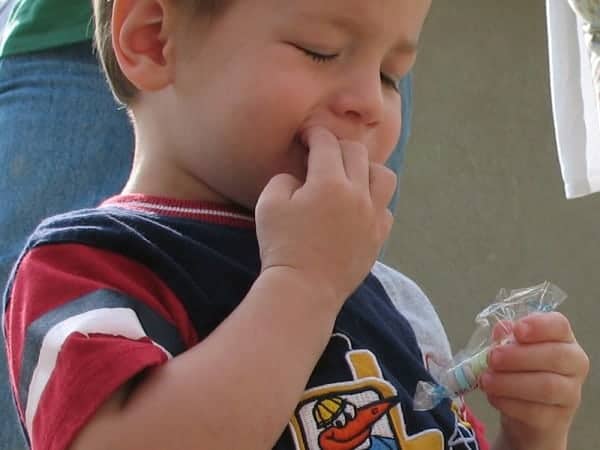
I Don’t Push Sugary Foods, Nor Do I Eliminate Them
Most people who know my work (which is not represented in the above reports), know me for being moderate and practical, especially with food. I know food is nourishing to both body and soul. I believe there is room at the table for all foods, including sweets and treats. The balance and diversity of the overall diet is far more important than the bowl of cereal a child eats at breakfast.
I bring these philosophies to my practice with kids and families and have woven so much of this in my forthcoming book, Kids Thrive at Every Size. My clients tell me my approach is reasonable, relatable, practical, and, more importantly, freeing.
But I also know there’s a slippery slope with food. Too much is too much. Too little is too little. An out of balance eating pattern makes it challenging to keep children’s health goals on track. There’s a balance to strike for each child and each family – it’s never elimination, like “no sweets,” and it’s always unique to the family.
Every Child is Different, Not Just the Large and Small Ones
There is no one eating pattern for children, because they all come to the table with differences. Some kids are food responsive and others are satiety responsive. Some are selective with food and others are indiscriminate. Some kids have food allergies, and others have digestive concerns. Some are impulsive and some are uninterested. Some are naturally large in size and others are small. Some kids are growing up with cultural foods and practices to honor, and others may be constrained by finances.
If you work with kids (or are raising them) you have to know these nuances. Polarization and black and white approaches to food for all kids doesn’t work because each child comes to the table with their unique challenges and opportunities.
I guide families and support them in ways that are best for them. I believe the best dietitians do the same. It’s our secret sauce. And it’s what makes us different from armchair experts, fear-mongering influencers, and ill-informed journalists who don’t see the nuance or big picture of food in a child’s life.


